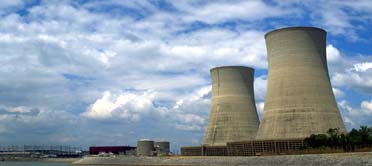In the 1920’s, the masses began to have access to in-home radios. People began to huddle around their radios listening to speeches, sports, and news just like we do today. The introduction of the radio to relay information to the masses of American people was a huge step forward for both politics and sports.
First of all, the radio allowed for a new platform in which politicians could speak to the American people. Before, to hear a president or important cabinet member speak, one would have to travel to listen to a speech. The radio allowed for the masses to stay informed on national politics. This gave politicians the opportunity to become more intimate with the American people, speaking to them every night in their own homes. This would have allowed them to speak to an audience that perhaps wouldn’t have ever had the opportunity to hear them speak in person.
 With the invention of the radio also came a growth in the sports world. People began listening to baseball, the great American pastime, whenever and wherever they were. The radio introduced this new world of sports pop culture, where people would gather together and get excited about the game. Easy access to the sporting world promoted unity among an increasingly diverse country. Before radios brought mass media, people of different nationalities or races often felt as though they had no common ground to share with one another. The introduction of sports on the radio bridged this gap.
With the invention of the radio also came a growth in the sports world. People began listening to baseball, the great American pastime, whenever and wherever they were. The radio introduced this new world of sports pop culture, where people would gather together and get excited about the game. Easy access to the sporting world promoted unity among an increasingly diverse country. Before radios brought mass media, people of different nationalities or races often felt as though they had no common ground to share with one another. The introduction of sports on the radio bridged this gap.




